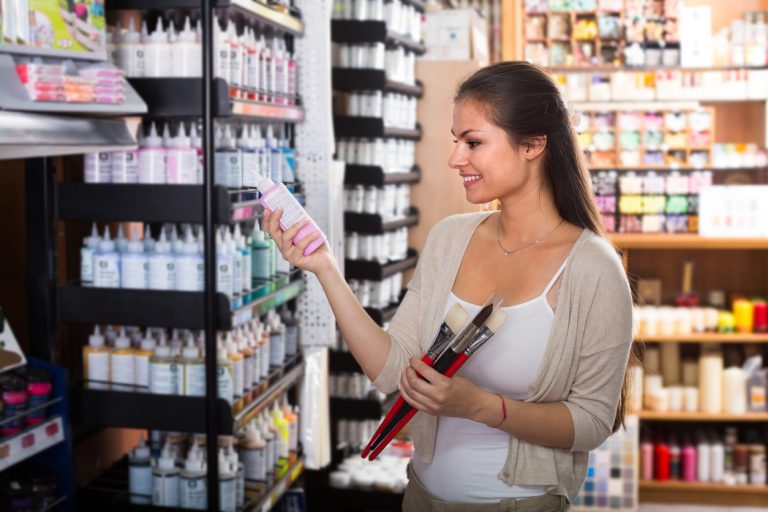For artists on a budget, shopping for art supplies is a balancing act between buying high-quality materials and breaking the bank. Maintaining a constant full stock of products and tools can be an expensive business, but with a little research and shopping savvy, it needn’t always be. So, how can you make your art supplies go that little bit further? On which items is it worth spending a little extra cash, and on which can you save? We’ve compiled a list of the materials worth splurging on, and where you can afford to cut a few corners.
Paints
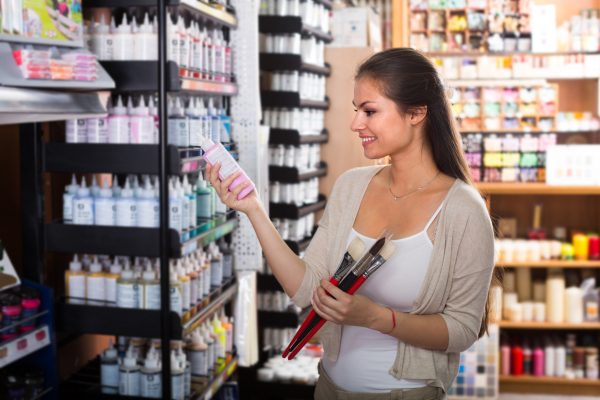
If you’re new to painting, or use paint mostly for preliminary ideas or sketchbooking, there’s no need to spend a fortune. Most discount stores stock large collections of student acrylics and watercolours that are perfect for those starting out or wanting to experiment. If you’re serious about watercolours, however, it’s worth paying for the artist-grade products. Not only do they offer richer and more varied pigments, but they dilute and flow beautifully on paper without fading. As for acrylics, cheaper paints work well, especially when supplemented with some quality primary colours. A tube of light and dark blue, a red and magenta, with a couple of different yellows will provide you with a great base for mixing, giving you brighter, longer-lasting tones. Make them last by mixing these with cheaper colours: whites and blacks.
Though when it comes to oil paints, it’s better to opt for the highest quality you can afford. The rich pigments of quality oil paints gives you a more luminous finish, whilst the depth of colour makes them better for mixing.
Save on: Acrylics and watercolours (for beginners and Sunday painters)
Splurge on: Oil paints and acrylic primary colours
Paper
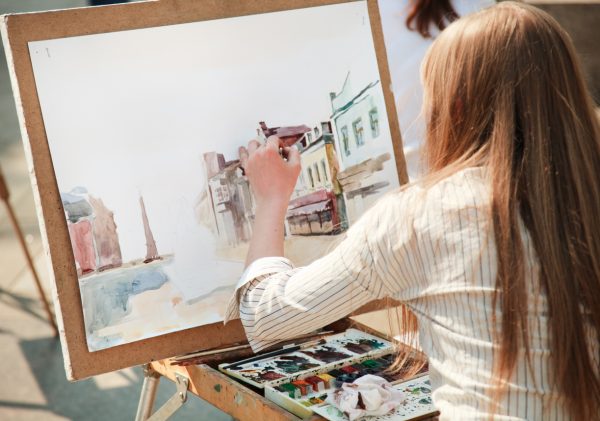
With paper, it’s nearly always better to splurge. Cheap sketchbooks and pads are ideal for recording ideas, but you’ll want to spend a little extra for final pieces as cheaper paper tends to yellow over time. Texture is key when choosing paper, and must be matched to the medium and the process. When using watercolour, choose a quality, absorbent paper that holds the water. The rough pits of the paper are great for bringing out the granulation of your paints, though it costs extra for the materials used and the time it takes to produce. Similarly, when using ink, charcoal, paint, or when printing, it’s advisable to fork out for a sturdier range that won’t fall apart or age.
Save on: Sketchbooks and pads for journaling or ideas
Splurge on: Watercolour paper and paper for charcoal, ink, paint or prints
Brushes, knives and cleaners
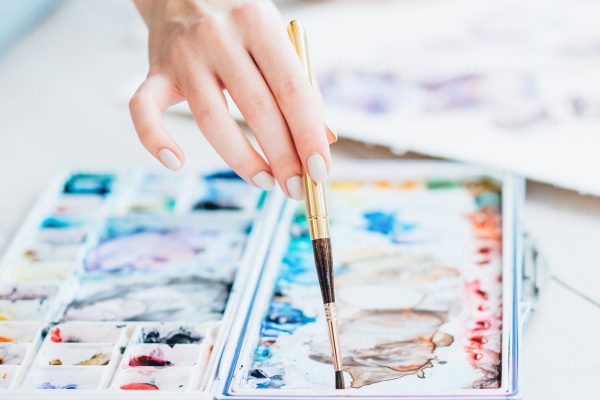
The price you should be paying for brushes varies. Generally, higher-quality brushes contain far more bristles, which is helpful for getting smooth, even strokes. It’s advisable to splurge on a few good brushes for your kit, a couple of medium round brushes and a small fine brush, but they needn’t be too expensive. Thick, soft, mid-range brushes will do the trick, but cheaper brushes can be useful additions for layering, or getting down a base coat. With large brushes especially, there’s no need to break the bank, and you can often find perfectly suitable models in regular hardware stores.
Whilst higher quality brushes will generally keep their shape much longer, if you look after them properly, a modestly priced set of brushes can last an equally long time. Though don’t be too frugal; extremely cheap brushes have a nasty habit of leaving stray bristles nested in your painting. The good news is that caring for your brushes is reasonably cost efficient. With turps, brush cleaners, and tools like palette knives, there’s no need to look any further than your local discount store.
Save on: Turps, palette knives, brush cleaners, large brushes
Splurge on: A couple of thick round brushes and a small fine brush for detail
Canvas and framing
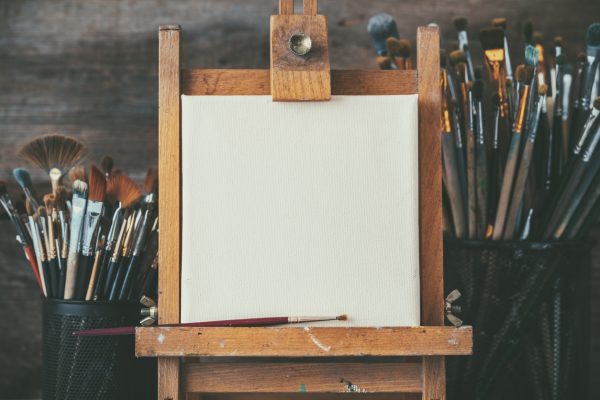
The quality of canvas depends on the weave, with tighter weaves generally more expensive. So should you pay extra? It all depends on what you plan to paint! For detailed portraits, or when using thin applications of paint, a coarse weave is worth paying for, giving your artwork a depth of texture. However, if you plan on building texture through paint, or work with more abstract subjects, a lighter canvas will do the job.
Alternatively, you can always stretch your own canvas, or practise on canvas paper to save ‘ruining’ a quality purchase — both of these options will help save on cash.
If you have time to spare, you could also hunt charity shops for pre-owned printed canvases which can be painted over or re-stretched. There is often a great selection of second-hand frames to be found in these places, too, which will save you money buying them brand new. Only if you’re working with unusual dimensions is it really necessary to buy custom frames, otherwise, these can be sourced fairly cheaply from most discount stores.
Save on: Canvas for textured work, abstract painting, canvas paper, pre-loved frames
Splurge on: Canvas for detailed portraits and custom frames for artwork with unusual dimensions
Other tips for saving money on art supplies
Buy in bulk
If you have the space and money to invest, it can be more cost-efficient in the long run to buy in bulk. But make sure you will definitely use it all! This tip is not aimed at beginners but at long-time artists who know realistically they will use all the materials they are investing in.
Avoid waste
Measure what you will need and be mindful when portioning your paints and other materials. Mix as you go, re-use as much as possible. Try substituting impasto for glazes — it’s thinner consistency will stretch further.
Loyalty discounts
If you frequently shop at the same store, enquire about discounts for repeat buyers, many stores will offer rewards for your loyalty.

